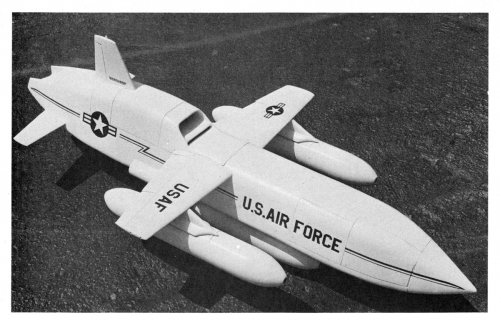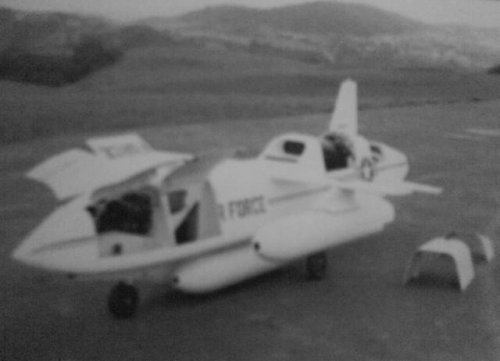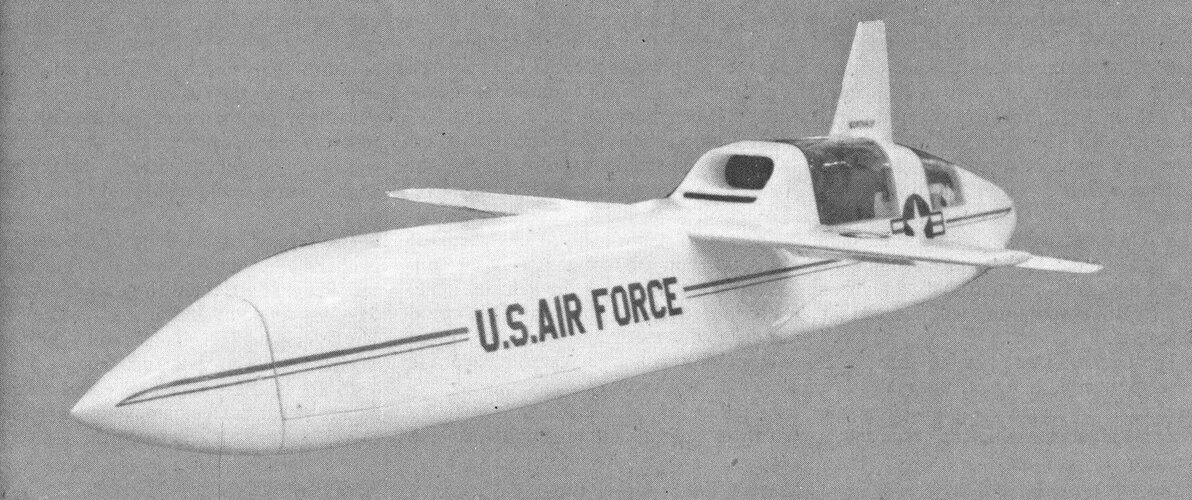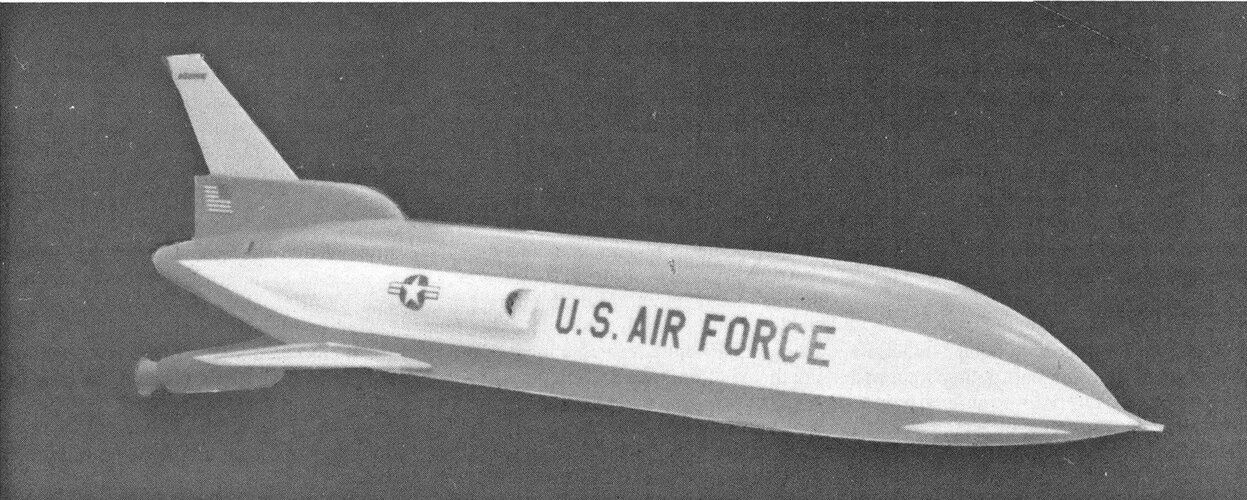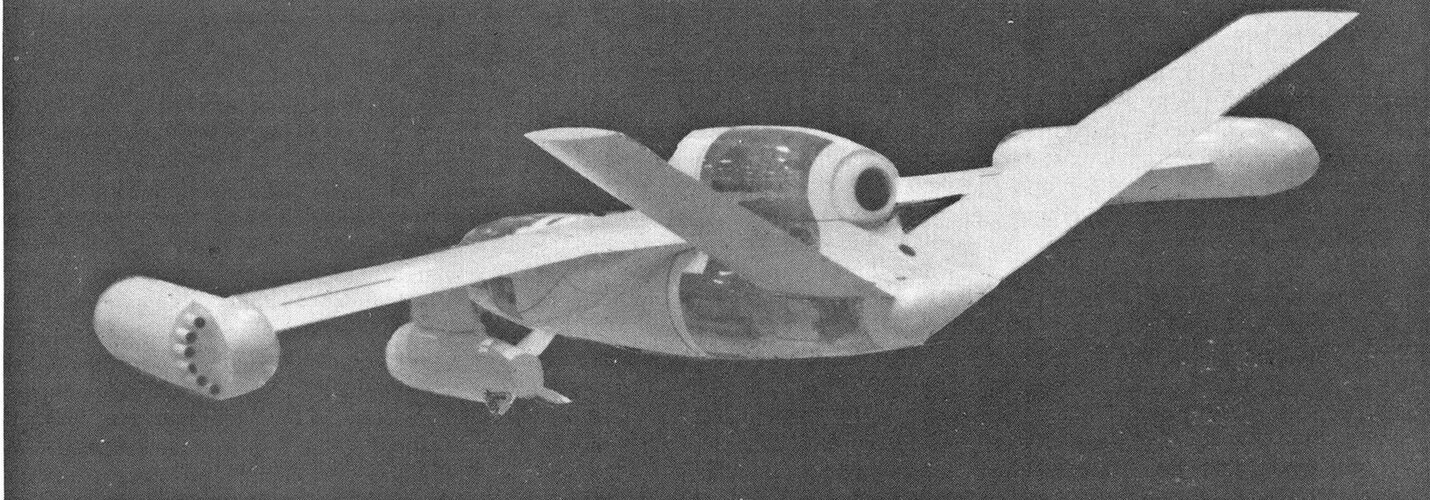- Joined
- 25 June 2009
- Messages
- 13,785
- Reaction score
- 3,086
In 1975, the U.S. Air Force was trying to determine what the capabilities of the next generation of drones should be and how such a vehicle — designed specifically for the task — would accomplish these objectives. While the Air Force's then current inventory of remotely piloted vehicles (RPVs) had been continually improved, they were still basically the same airframe design used for the Firebee target drone since the 1950s. Consequently, around the time that the Compass Cope program was canceled, the Air Force had three aerospace companies (Boeing Aerospace, Northrop Corp. and Rockwell International) study an Advanced Remotely Piloted Vehicle or ARPV. This was to be a "mid-sized" RPV with limited stealth features and missions including reconnaissance, early warning, and strike.
Northrop Corp. submitted a preliminary design for a high-wing vehicle with multimission capabilities. Powered by a version of the General Electric J85 turbojet engine, the vehicle was to be about 30 ft. long with a wingspan of about 15 ft. A quarter-scale model was built by Northrop to demonstrate the concept. Here is a picture taken from Aviation Week & Space Technology dated February 6, 1978, illustrating the article "Remotely Piloted Vehicle Effort Pressed", from which I also retrieved most of the above information. Second picture has been enhanced from one that was originally published here: https://www.secretprojects.co.uk/threads/7659
Soon after the contractor studies were complete, the Air Force ended the ARPV program, and nothing ever came of these very interesting designs (although Northrop's ARPV eventually evolved into TSSAM). Likely the USAF must have changed their minds and concluded that, however old it might be, the Firebee and its derivatives still fit the bill for most of its RPV needs.
Rockwell's own ARPV design can be seen in much more detail in the following topic, which also adds some information about the ARPV program:
Northrop Corp. submitted a preliminary design for a high-wing vehicle with multimission capabilities. Powered by a version of the General Electric J85 turbojet engine, the vehicle was to be about 30 ft. long with a wingspan of about 15 ft. A quarter-scale model was built by Northrop to demonstrate the concept. Here is a picture taken from Aviation Week & Space Technology dated February 6, 1978, illustrating the article "Remotely Piloted Vehicle Effort Pressed", from which I also retrieved most of the above information. Second picture has been enhanced from one that was originally published here: https://www.secretprojects.co.uk/threads/7659
Soon after the contractor studies were complete, the Air Force ended the ARPV program, and nothing ever came of these very interesting designs (although Northrop's ARPV eventually evolved into TSSAM). Likely the USAF must have changed their minds and concluded that, however old it might be, the Firebee and its derivatives still fit the bill for most of its RPV needs.
Rockwell's own ARPV design can be seen in much more detail in the following topic, which also adds some information about the ARPV program:
Attachments
Last edited by a moderator:

